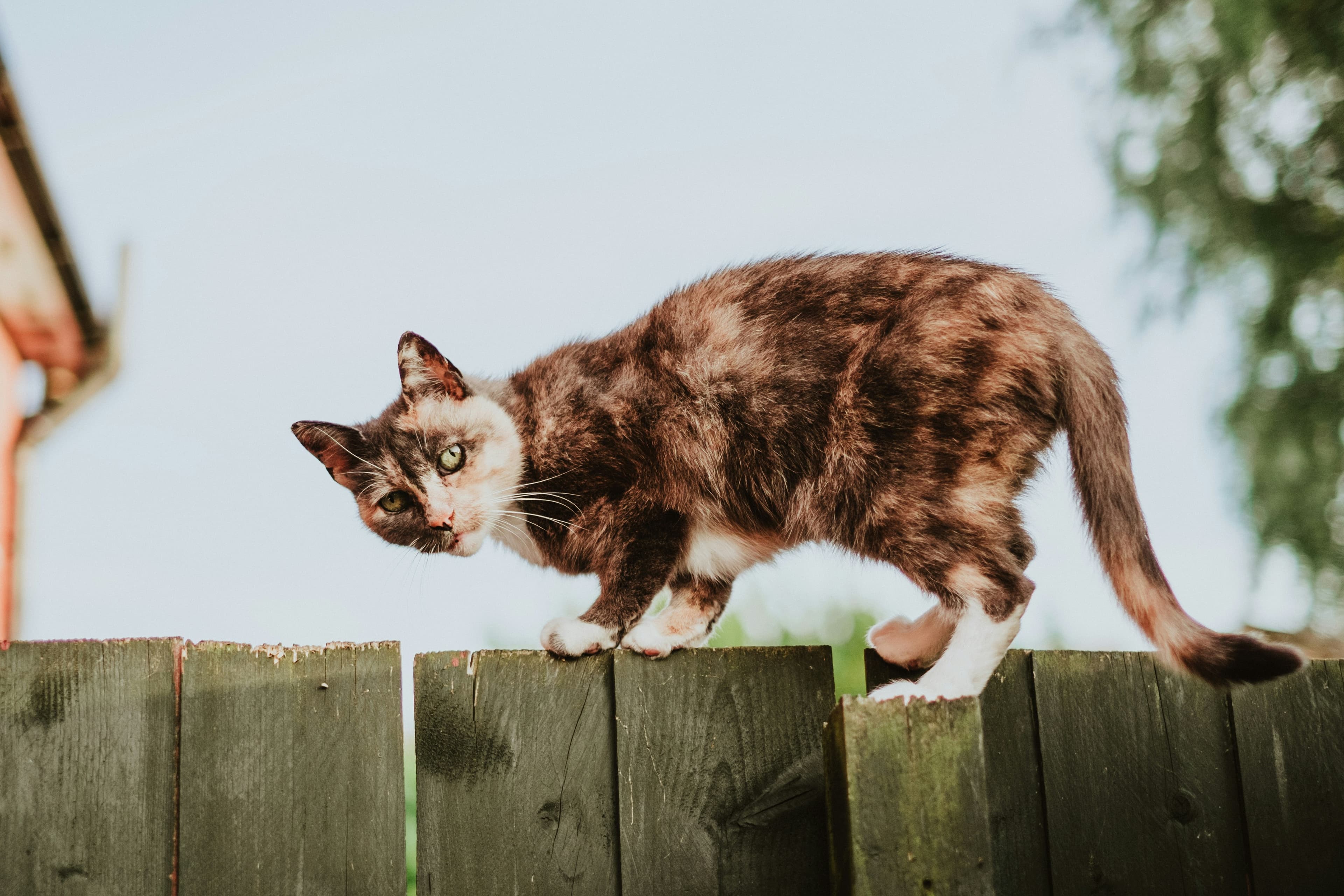The ideal weight of a cat can be as elusive as their midnight zoomies, varying widely with breed, age, and whether they're channeling their inner lion or couch potato. Generally, most domestic cats should tip the scales between 8 to 10 pounds. However, if your feline friend is starting to resemble a furry bowling ball more than a sleek panther, it might be time to rethink those extra treats. Remember, a happy cat is one that can gracefully leap to the top of the fridge, not one that needs a push to get off the ground! It’s going to be easy to determine the perfect weight for your feline friend with our comprehensive Cat Weight Chart. Covering various breeds, this guide offers insights into maintaining a healthy and ideal weight for your cat, including dietary tips and exercise recommendations.
How Much Should a Cat Weigh?
An average cat weight is approximately 8 to 10 pounds. This can range significantly relying on the breed and age. Large breeds like Maine Coons can weigh up to twenty-five pounds and continue to be active and energetic, at the same time as smaller breeds, which include Siamese, may weigh as little as 5 pounds whilst fully grown.
Why Is Keeping a Healthy Weight for a Cat Important?
Obese cats are at danger for a number of health complications, which includes diabetes, arthritis, and urinary tract ailment, whilst underweight cats may be extra liable to illness because of malnutrition and lowered immunity. Much like humans, cats require a balanced diet and good workout to stay in shape. A cat at their top weight is more agile, active, and much less likely to stumble upon fitness issues.
Cat Weight Categories
Critically Underweight
Cats that fall into the critically underweight category show apparent signs like sticking out ribs, hip bones, and spine. These cats generally have minimum muscle tissues and no visible frame fats.
Underweight
Underweight cats might not have as extreme physical signs as critically underweight ones, but they will show off some weight reduction. An underweight cat may have a reduced urge for food and appear torpid or weak.
Ideal Weight
Cats in the ideat weight category are generally healthful, with defined muscle tissues and minimum body fats. They usually show proper energy ranges, are lively, and have an awesome appetite.
Overweight
Overweight cats are those carrying extra pounds in addition to their ideal body weight, making them more prone to health issues like diabetes, arthritis, and heart disease. Their added girth can reduce mobility and zest for life, turning playful pounces into laying around all day long.
Obese
Obese cats will typically have excessive fat deposits across the abdomen, chest, and limbs. An obese cat is at danger for health troubles such as diabetes, heart disease, joint pain or irritation, and respiratory problems.
Cat Weight Chart by Breed
The following chart gives a standard for best cat weights in line with breed.
Breed | Weight lbs |
|---|---|
Abyssinian | 8-12 |
American Shorthair | 8-12 |
Bengal | 9-15 |
British Shorthair | 9-18 |
Maine Coon | 15-25 |
Persian | 7-12 |
Ragdoll | 10-20 |
Siamese | 5-10 |
How to Help an Overweight Cat?
Assisting an obese cat shed extra pounds and return to a wholesome weight is essential for their longevity and well-being. Here are some strategies to implement:
Regulate diet: Offer your cat portion-controlled meals twice a day using a high-protein, low-carb cat food formula, and minimize snacks to no more than 10% of their daily caloric intake to ensure a balanced diet.
Increase Hydration: Encourage your cat to drink more water.
Everyday exercising: Interact with your cat using toys like feather wands or lasers to stimulate their natural hunting instincts and encourage motion.
Scheduled Feeding: Transition from free-feeding to scheduled meals to control how much and how frequently your cat eats.
Restriction of Treats: For treats, choose healthful alternatives that would make no more than 10% of your cat's daily calorie intake.
Environmental Enrichment: Decorate your cat's surroundings with climbing trees, perches, and hideaways to clearly advertise a new hobby.
Conclusion
Understanding and handling your cat's weight is an important issue of responsible pet ownership. Take energetic steps to ensure your companion continues a healthy way of life, reinforced by means of the right nutrients and proper veterinary care.
Frequently Asked Questions
How much should a normal cat weigh?
It depends on the breed, age, and body form of your cat. Please consult a veterinarian or use a cat weight chart.
How do I get an obese or overweight cat down to a healthy cat weight?
Implementing a balanced eating regimen, encouraging exercise, getting easy on treats and visiting the vet regularly are all steps which can assist an obese or overweight cat reach a healthier weight.



